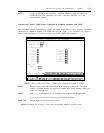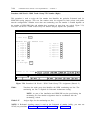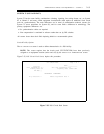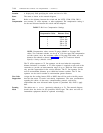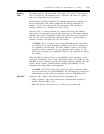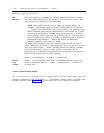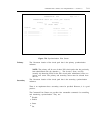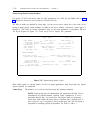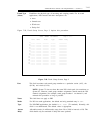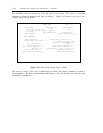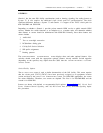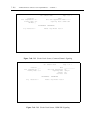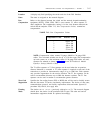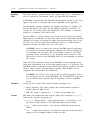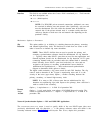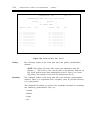
ADMINISTRATION OPTIONS AND REQUIREMENTS — SYSTEM 75
7-113
Trunk Type
Establishes the physical type of incoming and outgoing trunks. For tie trunk
(in/out)
applications, field encodes and their descriptions are:
●
Auto
●
Immed-start
●
Wink-start
●
Delay-dial
Figure 7-58, Trunk Group Screen, Page 2, depicts this procedure.
GROUP MEMBER ASSIGNMENTS
Page 2 of 5
Port
Name
Mode
Type
Answer Delay
1:
2:
3:
4:
5:
6:
7:
8:
9:
_____
_____
_____
_____
_____
_____
_____
_____
_____
_______
_______
_______
_______
_______
_______
_______
_______
_______
________
________
________
________
________
________
________
________
________
______
______
______
______
______
______
______
______
______
__________
__________
__________
__________
__________
__________
__________
__________
__________
10:
11:
12:
13:
14:
15:
_____
_____
_____
_____
_____
_____
_______
_______
_______
_______
_______
_______
________
________
________
________
________
________
______
______
______
______
______
______
__________
__________
__________
__________
__________
__________
Port
Name
Mode
Type
Answer
Delay
Figure 7-58. Trunk Group Screen, Page 2
This field associates each trunk group member to a particular carrier (A-E), slot
(01-20), and circuit (01-24).
NOTE: System 75 does not have the same DS1 circuit pack slot restrictions as
System 85. However, trunk group member assignments should match the DS1
channel assignments (for example, trunk group member 1 on channel 1) and
maintain this procedure as long as possible.
This field does not apply to PRI.
For DS1 tie trunk applications, the default and only permitted entry is e&m.
For DS1/DMI applications, the default is T1 stan (T1 standard). Normally, this
field is not administered. The default value is appropriate.
Allowable entries (in milliseconds) range from 20 to 5100 in intervals of 20. This
field should only be translated if delay-dial were optioned.



